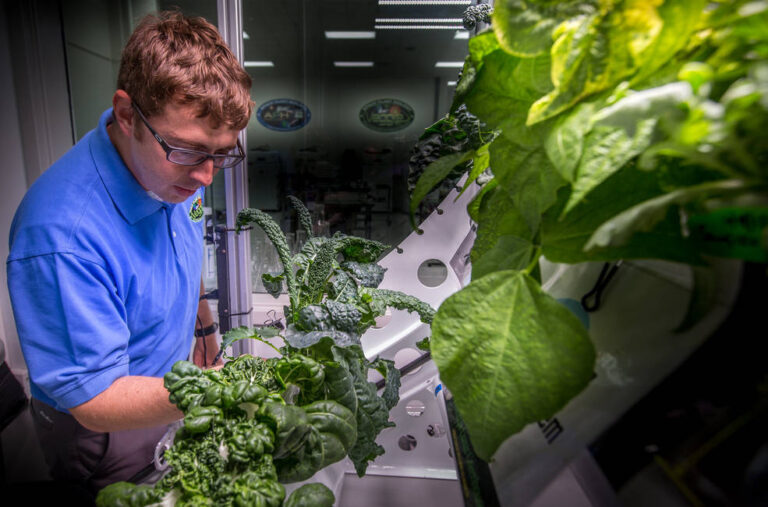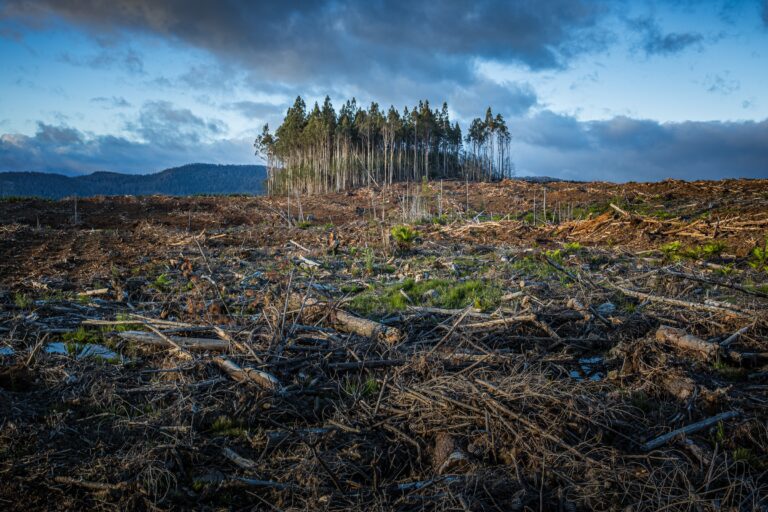Astrobotany and Climate Change
Astrobotany research provides critical insights into adapting our agricultural systems to climate change.
When we tell people that we're in the "plants in space" game, one common response we receive is: "Are you guys trying to terraform Mars in case Earth becomes unlivable? Can that be part of our escape plan?"
Unfortunately, the answer to that question is a resounding “No”. Putting aside the ethics of “colonizing” or terraforming another planet, it’s also impossible with our current technology. Before we ever see terraforming occur on Mars, it’s much more important that we “terraform” Earth by stopping the emission of greenhouse gases that are quickly warming our planet.
Climate change has been upon us for a while now- but its effects are rapidly becoming more and more unavoidable. It’s a global crisis that demands intense and rapid transformation across every industry. Agriculture is especially susceptible.

Applying Astrobotany Knowledge to Climate Change
Sometimes, astrobotany is seen as a gimmicky field. Why should we be growing plants in space? Is it really necessary to grow plants in space when we should be growing them here on Earth? Shouldn’t we be more worried about climate change? Well, the good news is this: astrobotany knowledge can be very useful in helping us mitigate the effects of anthropogenic climate change.
Why? Because, simply put, much of astrobotany is about growing plants sustainably under atypical conditions. Plant experiments in space usually take place in highly controlled plant growth systems. Temperature, moisture, humidity, gas exchange, and lighting are all examples of variables that are tightly controlled and monitored in astrobotany because, without this oversight, plants in a spaceflight environment can easily succumb to stress. This discipline is often referred to as controlled environment agriculture (CEA) and it is exactly what it sounds like. CEA is all about fully controlling the environment a plant grows in to optimize its growth.
Earth-based agriculture faces many new environmental stressors brought about by climate change. Across the world, the most abundant form of agriculture is subsistence farming and most field-scale agriculture takes place in outdoor environments. Drought, heat stress, soil erosion, flooding, and wildfires are just some examples of problems that will interfere with the production of commodity crops on Earth.
Advances in CEA, genetic engineering, and novel botany research are some examples of how astrobotany research can be applied to fighting climate change.

